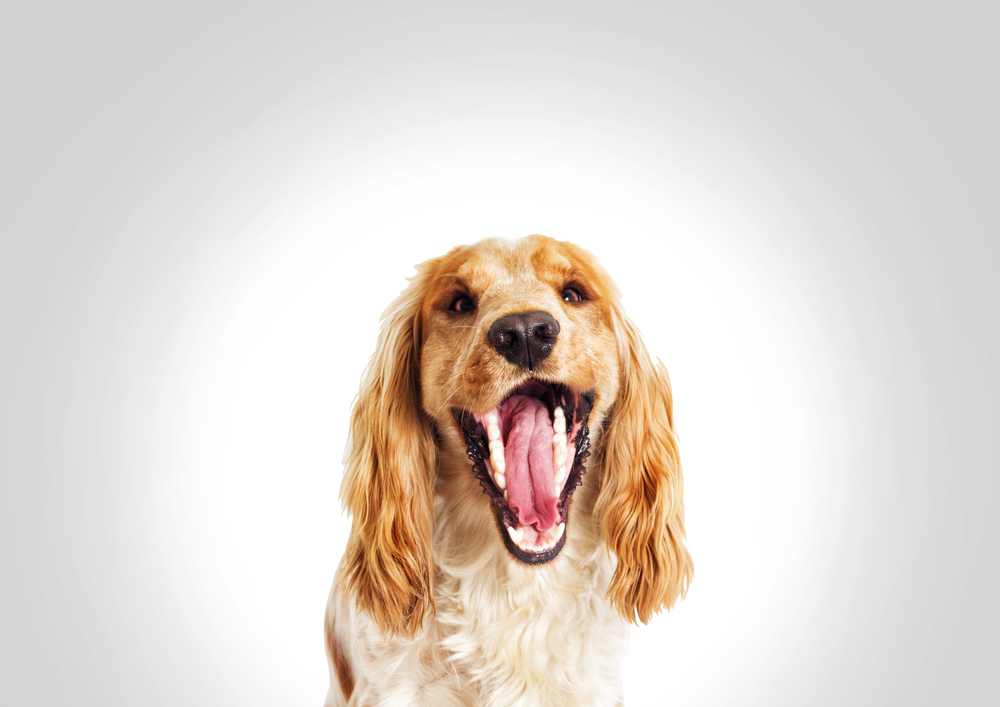Bad breath in dogs can be a sign of other issues
Bad breath, medically known as halitosis, is a common issue that can affect our four legged friends. While occasional doggy breath may be tolerable, persistent bad breath could be a sign of underlying health concerns. As a responsible pet owner, it’s crucial to recognise what bad breath in dogs means and how it can be addressed for the well-being of your beloved canine friend.
The Causes of Bad Breath in Dogs:
- Dental Problems:
The most common cause of bad breath in dogs is dental issues. Plaque and tartar build-up on your dog’s teeth can lead to gum disease (gingivitis), infections, and even tooth decay. The bacteria thriving in these conditions release foul-smelling gases, causing unpleasant breath.
- Poor Oral Hygiene:
Just like humans, dogs require regular dental care. Neglecting your dog’s oral hygiene, such as not brushing their teeth or providing appropriate chew toys, can contribute to the build-up of bacteria and result in bad breath.
- Diet:
Diet plays a significant role in your dog’s breath odour. Some foods, particularly those with strong odours, can affect your dog’s breath temporarily. However, persistent bad breath related to diet could be a sign of a nutritional imbalance or a gastrointestinal issue.
- Gastrointestinal Problems:
Digestive issues, such as gastritis, inflammatory bowel disease, or food allergies, can lead to bad breath in dogs. The unpleasant odour may be a result of gases produced during the digestive process.
- Systemic Illnesses:
In some cases, persistent bad breath can be a symptom of underlying systemic illnesses, including diabetes, kidney disease, or liver problems. These conditions can affect a dog’s metabolism and lead to distinctive breath odours.
Addressing bad breath in dogs
There are a number of things good pet parents can do to help address the issue of bad breath in dogs.
- Dental Care:
Maintaining good oral hygiene is crucial for preventing and addressing bad breath. Regular brushing, dental treats, and chew toys designed to clean teeth can help reduce plaque and tartar build-up.
- Vet Check:
If your dog’s bad breath persists despite good oral care, it’s essential to consult with a veterinarian. They can examine your dog’s teeth and overall health to rule out any underlying medical conditions.
- Dietary Changes:
Consider your dog’s diet. High-quality dog food formulated to support dental health may help reduce bad breath. Discuss any concerns about diet with your veterinarian.

An easy to use sprinkle supplement can be a useful part of your dog’s dental routine.
PetExx Plaque-Exx is formulated with seaweed and mint extracts to act as a natural tooth cleaner and breath freshener. It can help fight the build up of plaque on your best friend’s teeth and so aid the canine dental routine you practice to keep your dog healthy and happy.
Simply sprinkle over your dog’s food to help keep them healthy and happy.
- Regular Check-Ups:
Scheduling routine check-ups with your vet is essential for monitoring your dog’s overall health. They can catch and address any health issues, including bad breath, in their early stages.
Conclusion:
Bad breath in dogs is more than just an inconvenience; it can signal underlying health problems. By understanding the potential causes and taking appropriate preventive measures, you can ensure your furry friend enjoys fresh breath and, more importantly, a healthier and happier life. Regular veterinary care and dental hygiene practices are key to keeping your dog’s breath smelling sweet.


